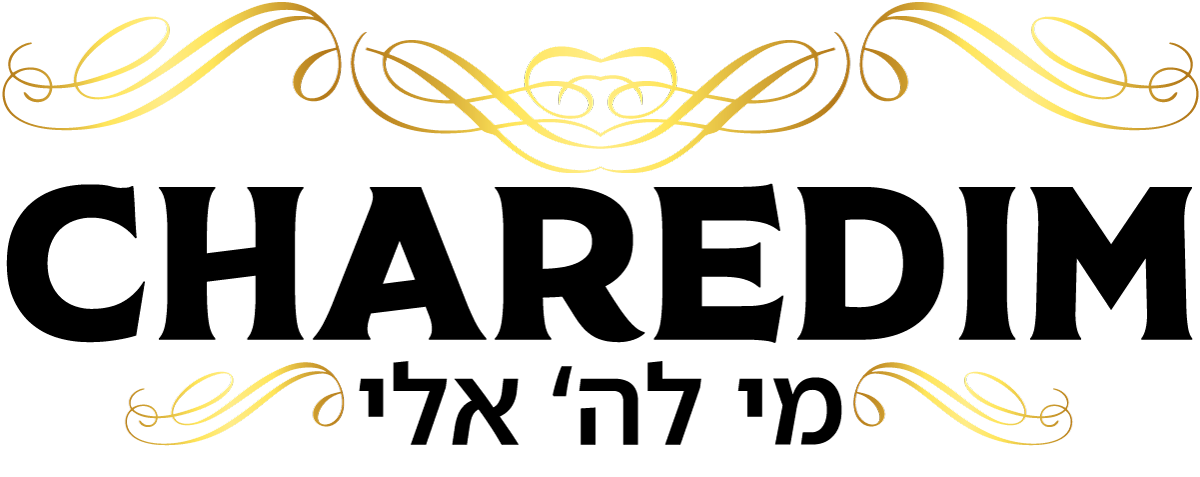Is Zionism one of the 70 Faces of Torah?
“Shiv’im Panim LaTorah”—But Not Shiv’im Paths Outside the Torah
It is true that Chazal teach:
“שבעים פנים לתורה” – “There are seventy faces to the Torah.”1
This doesn’t mean there are seventy different truths. It means that within the framework of Torah, there are many legitimate interpretations, perspectives, and emphases. One posek might focus on strictness in halacha, another on chessed, another on tefillah—but all of them work within the boundaries of Torah and mesorah.
That’s the key: they remain within Torah, loyal to its halachic and hashkafic structure as passed down from Har Sinai through the generations.
Zionism—especially in its secular or nationalist forms—did not arise from within that mesorah. It emerged outside of it, often against it.
Zionism’s Roots: A Secular Rebellion
The founders of Zionism, by and large, were not gedolim or baalei mesorah. They were secular thinkers—some even self-proclaimed atheists—who believed the Torah’s path had failed to preserve Jewish identity and that a national revival would replace it.
Herzl wrote explicitly that he saw the Jewish state as a normalization of the Jewish people, not a spiritual elevation of it. Many early Zionists mocked Torah Jews and deliberately tried to replace Torah observance with culture, agriculture, army training, and Hebrew as a modern language.
In their eyes, the ghetto Jew who wore tefillin was a relic; the new ideal was the rifle-carrying chalutz on a kibbutz.
Can such a movement, whose leaders sought to abolish the Torah lifestyle, be seen as just another one of the “70 faces” of serving Hashem?
Gedolim Speak Clearly
Across the spectrum of Gedolei Yisrael—from Litvish to Chassidish, Sephardic to Ashkenazic—the answer has been consistently no.
The Chazon Ish zt”l warned that Zionism was a replacement theology that turned Jewish identity from Torah into nationalism.3
Rav Elchonon Wasserman zt”l, talmid muvhak of the Chofetz Chaim, called Zionism one of the greatest spiritual dangers in Jewish history.2
The Satmar Rebbe zt”l famously wrote that Zionism violated the “Three Oaths” (Kesubos 111a) and led Jews to believe in human redemption, not divine.4
Rav Shach zt”l emphasized that even when Jewish sovereignty exists, it must not be mistaken for geulah—and certainly not celebrated if built on secularism.5
Gedolim such as Rav Yosef Shalom Elyashiv zt”l and Rav Aharon Leib Shteinman zt”l firmly distanced themselves from the ideology of Zionism—even if they encouraged practical participation in life in Eretz Yisrael.
They made it clear: You can love Eretz Yisrael. You can daven for the safety of its Jews. But Zionism as an ideology is not a face of Torah—it is a face that turned away from Torah.
Rav Hirsch’s Warning
Though he lived before modern Zionism took shape, Rav Samson Raphael Hirsch zt”l warned against turning Judaism into a nationalism:
“The Jewish religion is not a mere adjunct to nationality—it is the whole content and meaning of our nationhood.”6
In other words: Torah defines us. When nationalism becomes its own goal, severed from Torah, it becomes a replacement—not an expression—of Avodas Hashem.
What About Religious Zionism?
Some try to blend Torah with Zionist ideals, and indeed many of them are sincere Jews trying to serve Hashem.
But the Charedi concern is: Where is the mesorah for this blend? Who are the Gedolim in every generation that upheld this path? When new theologies are invented—ones that assign redemptive value to political states, flags, and armies—we ask: Where is the mesorah?
And if there is no mesorah, then this isn’t one of the 70 faces—it’s a new mask, worn outside the house of Torah.
A Path Must Be Lit By the Fire of Torah
Rav Yaakov Kamenetsky zt”l was once asked: “Aren’t there many ways to serve Hashem?”
He answered:
“Yes—but only if those ways were walked by someone before you who was holding a torch.”7
In other words: If you don’t see a gadol leading that derech, it’s not a derech.
Zionism has created many things—some valuable, some harmful—but its ideology does not flow from the Torah’s eternal spring. Therefore, it cannot be one of the seventy holy faces.
Conclusion: Loyalty to the Fire of Sinai
The 70 faces of Torah all shine with the light of Sinai. They may differ in style, in emphasis, in custom—but they are united in loyalty to the Torah and its transmitters.
Zionism, especially in its founding ideology, was not a continuation of Sinai—but a departure from it.
And while every Jew is welcome to return to the light of Torah, not every idea can be sanctified simply because it feels Jewish.
We are a nation of mesorah—not slogans. And that, too, is one of the faces of truth.
Sources & Footnotes
- Bamidbar Rabbah 13:15 – Shiv’im Panim LaTorah
- Rav Elchonon Wasserman, Ikvesa D'Meshicha, Maamar 1
- Chazon Ish, Emunah uBitachon and letters
- Vayoel Moshe, Satmar Rebbe zt”l
- Rav Shach, Michtavim uMaamarim, Vol 1–3
- Rav Hirsch, Collected Writings, Vol. I
- Oral traditions from Rav Yaakov Kamenetsky, cited in Reb Yaakov by Yonason Rosenblum
